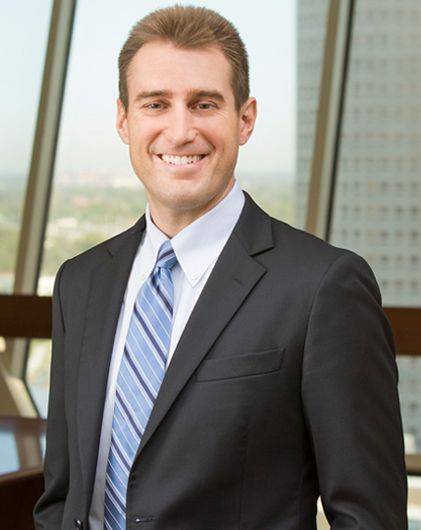The Future of the NCAA is Settled But Not Fixed - House v. NCAA Raises Pressing Questions for Former and Current Student Athletes
The National Collegiate Athletic Association (NCAA) and the Power Five conferences – ACC, Big 10, Big 12, Pac-12 and SEC – have agreed to allow colleges and universities to pay student-athletes a portion of the revenue they generate for playing sports. This is a landmark change to the NCAA’s longstanding stance not to do so.
This change is a big part of a newly announced $2.77 billion proposed settlement to a 2020 class action filed by student-athletes who alleged they were owed money for their Name, Image and Likeness (NIL). In June 2021, the NCAA said that student-athletes can profit off their name, image and likeness without losing their NCAA eligibility.
The settlement will likely not bring the NCAA the closure it has long sought. Despite attempts to include a release prohibiting antitrust suits against the NCAA over the next 10 years, student-athletes can still opt out of the House settlement and sue. The NCAA could still face antitrust lawsuits, in part because it does not appear the settlement terms have been collectively bargained. This presents the possibility of student-athletes becoming employees and unionizing. The NCAA has been lobbying Congress for an antitrust exemption for years, but no bill has ever advanced. Perhaps this settlement will change that because a potential term of the settlement may include student-athletes participating in lobbying efforts with Congress for an antitrust exemption for the NCAA.
What Does this Proposed Settlement Mean for Colleges and Universities?
Colleges and universities will be limited in how much of its revenue can be shared with its student-athletes. It is suspected that the cap on revenue sharing for each college and university will be as much as $22 million per year. Colleges and universities must ensure compliance with Title IX because the revenue sharing model must be rolled out over the coming years. These compliance issues present complex legal ramifications that must be addressed by colleges and universities prior to implementing the revenue-sharing model. Furthermore, colleges and universities will need to implement guidance and rules, like the existing NIL related guidance and rules, to ensure compliance by its student-athletes and other interested third parties.
What Does This Proposed Settlement Mean for Past, Current and Future Student-Athletes?
Student-athletes who had competed in Division One sports before NCAA enacted its interim NIL policy in June 2021 could be entitled to revenue from their schools.
- How do I find out if I’m eligible for revenue-sharing?
- Do I have to be a member of the class action lawsuits filed against the NCAA?
- Can I still join the class action?
- I don’t play football or basketball or a high-revenue sport. Can I still be paid?
- Should I hire a lawyer?
- Does this settlement impact existing NIL Agreements with current student-athletes?
- Does this settlement prevent current and future student-athletes from entering into other NIL Agreements?
This settlement does not impact the case of Fontenot v. NCAA, pending in Colorado. Judge Charolette Sweeney denied efforts to consolidate the Fontenot matter with the House, Carter, and Hubbard anti-trust cases against the NCAA. The Fontenot case seeks compensation for student-athletes from television broadcasts that used student-athletes’ NIL.
Please contact Rhett C. Parker or any member of the Phelps Litigation team if you have questions or need advice or guidance.


